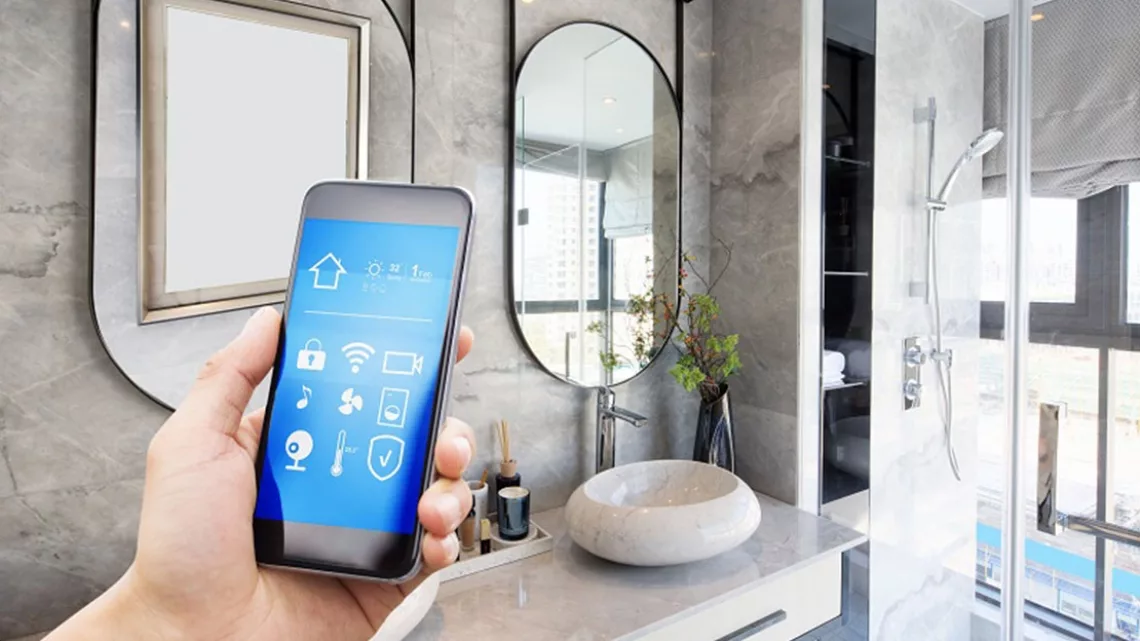Blogs
Improving Washrooms to Boost Retail Experience

The impact that a clean washroom has on a customer’s retail experience is clear. The cleaner the washroom, the better the experience. And the better the experience, the more likely a customer is to hang around and return in the future. In contrast, a bad bathroom really puts customers off and they are far less likely to return. While this isn’t really surprising, what is surprising is how many ‘bad’ washrooms still exist. Think back to how often you have visited the washroom in a busy mall, only to find the soap dispenser empty, hand towels on the floor – or even worse, been greeted by a bad smell.
There have been numerous studies carried out to prove this fact, and time after time, a clean washroom rates very highly on how consumers rate their overall experience of a business. Studies show that bad experiences are one of the top things that people comment on when leaving negative online reviews, and research has shown customer washroom experience can directly impact the success of a business.
In a post-COVID world, the need to get customers back in the retail space, and encouraging them to keep coming back, is more crucial than ever. And as well as focusing on giving the public a good washroom experience to ensure they are comfortable as they return to malls, and keep coming back, retailers now need to guarantee one thing above all else, public hygiene and safety.
Smart Washrooms are addressing this need by using technology to operate washrooms at the highest possible standard and boost customer experience, through the use of real-time technology. We take a look at Smart Washrooms in detail, and how they are addressing customers concerns as they hit the shops once again.
Increased cleaning regimes
Decreased touchpoints
A safe place to wash hands
Post-COVID, providing the public with access to a safe place to practice hand hygiene is essential. By not only ensuring that cleaning and disinfecting schedules are closely monitored and adhered to, the technology a Smart Washroom provides can make sure that soap levels are always well-stocked and clean hand towels are always available. Sensors on bins can tell staff when they are close to full, ensuring timely, regular disposal of used tissues. Temperature sensors on taps can also bit fitted which make sure the water is always running at the correct temperature. This can alert staff if a particular tap hasn’t been used for a long time, to prevent water stagnating and infections such as Legionella from developing.
Adhering to social distancing
Aesthetics
Latest Posts
World Earth Day: Advancing Water Sustainability with Smart Washroom Sensors
April 22 marks Earth Day, a global event dedicated to environmental protection and sustainability.
Why the Smart Washroom market is set for explosive growth in 2025
Smart washroom technologies have revolutionized the public restroom experience.
Revolutionising the passenger experience: How smart washroom technology transforms airport operations
From real-time hygiene monitoring to water conservation, IoT-driven washroomsare transforming passenger experiences and operational efficiency
Smart Washrooms in Airports
Modern airports are busy spaces. With millions of passengers transiting daily, efficiency and cleanliness are more than conveniences – they are necessities.
VERTECO Named in Facilities Management Middle East ‘top 2024 FM suppliers in the region’
Over the last 12 months, VERTECO’s portfolio of Smart washroom technologies has continued to grow and dominate the local market.
